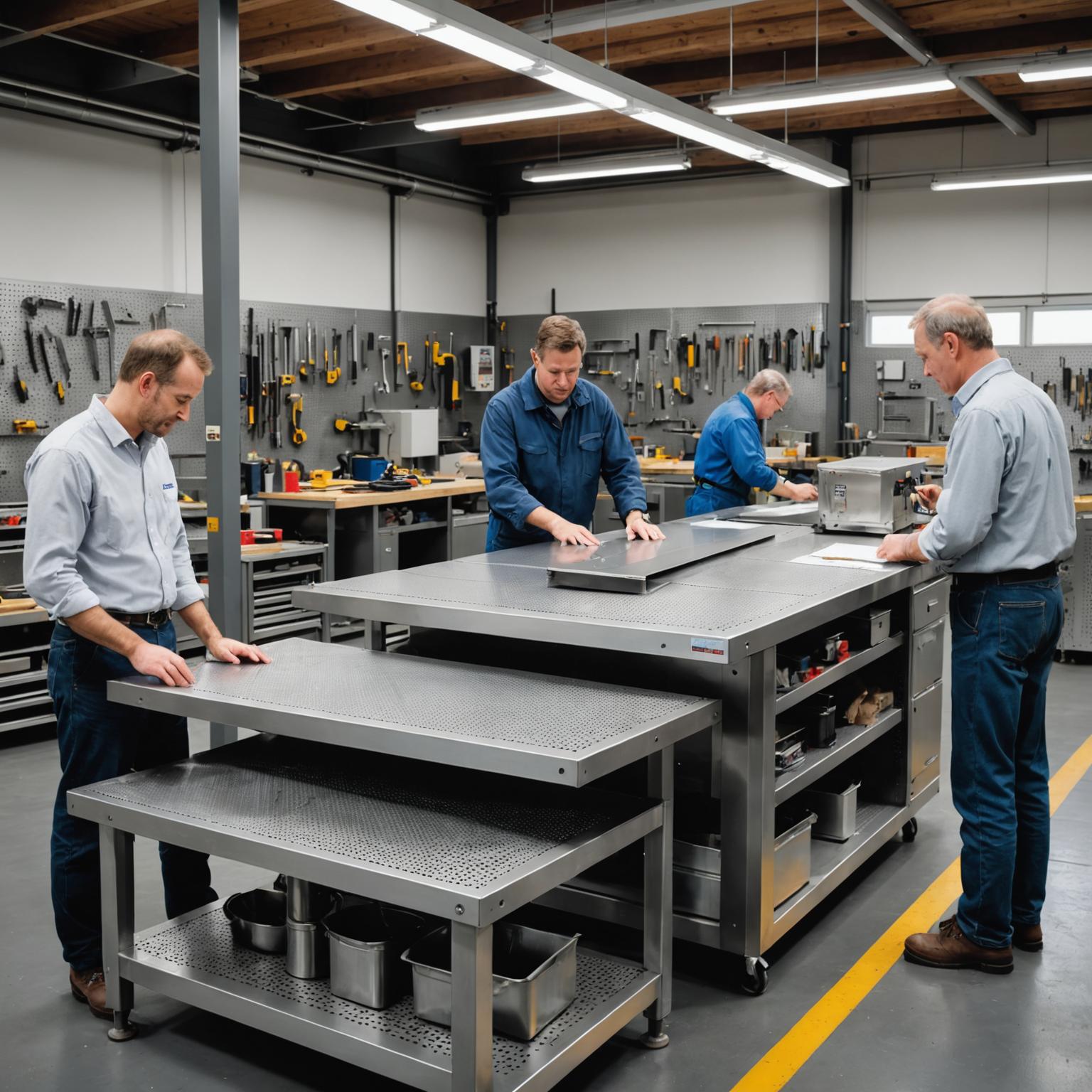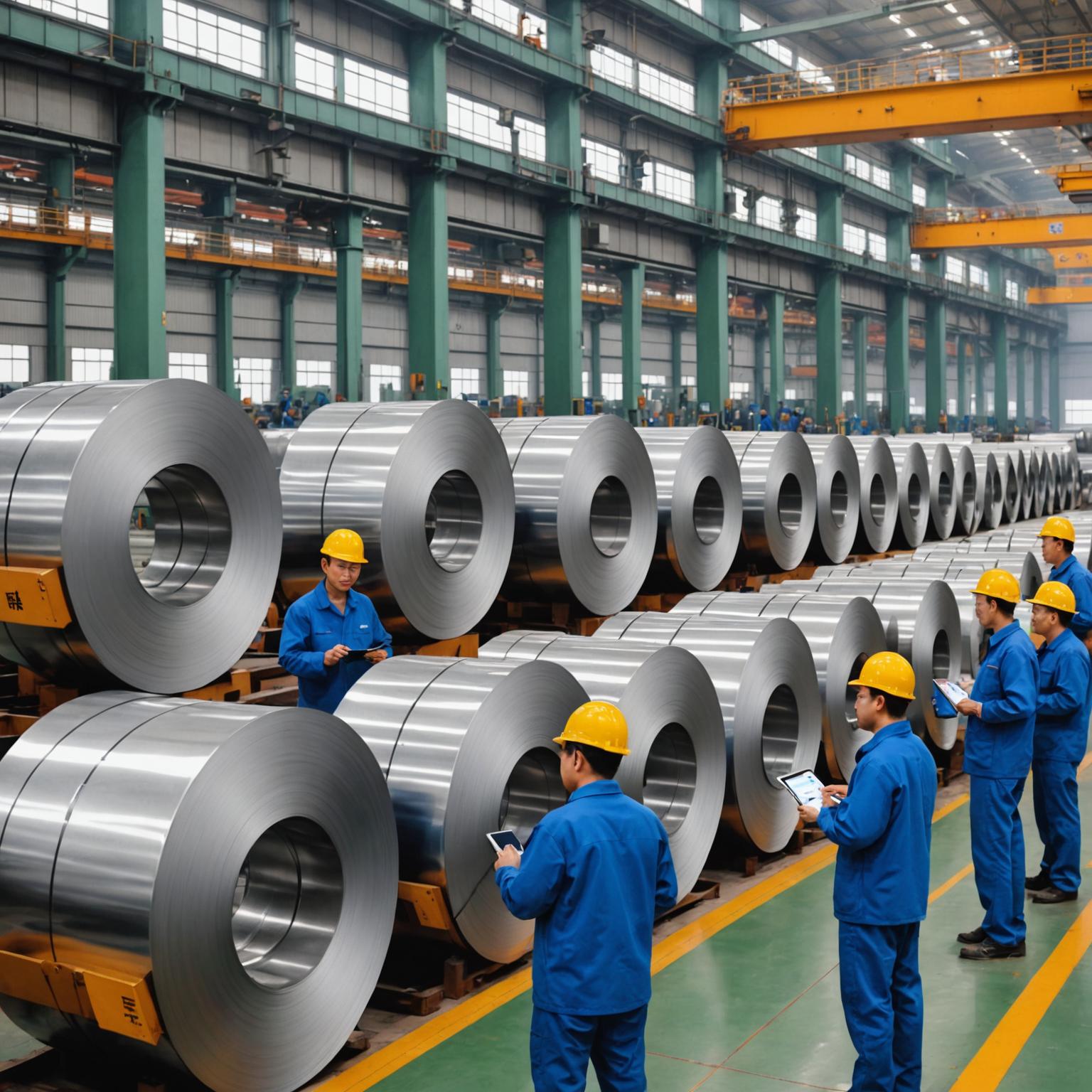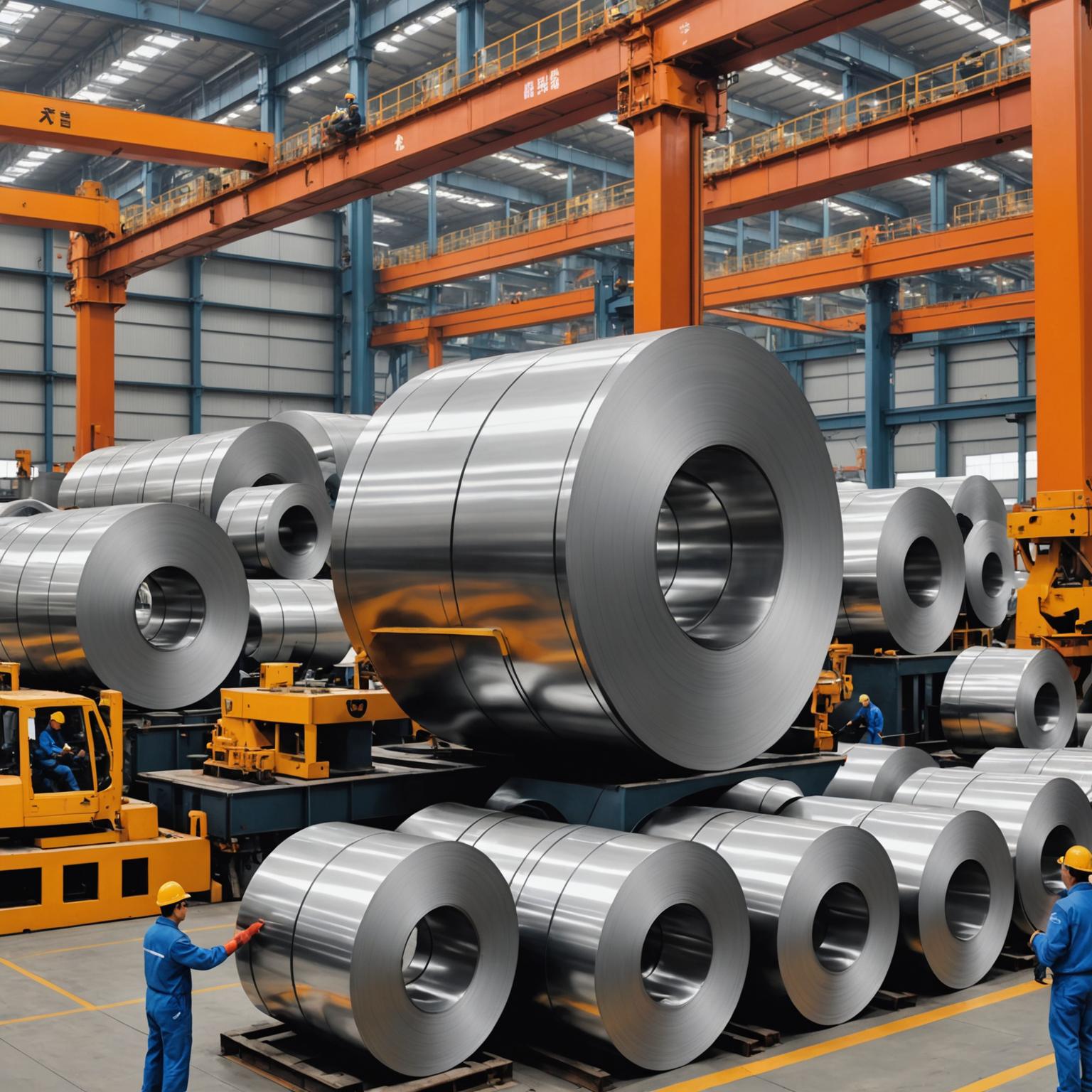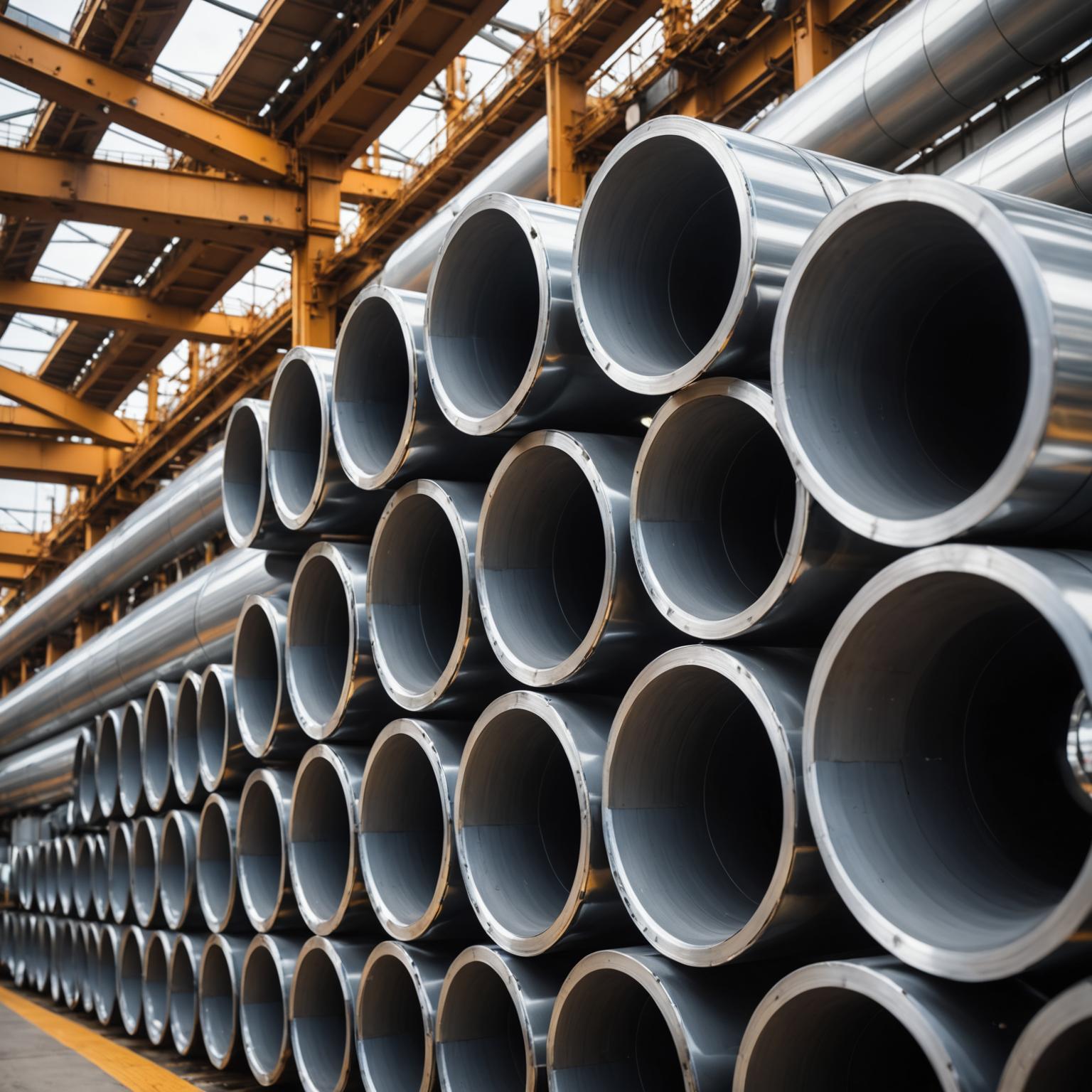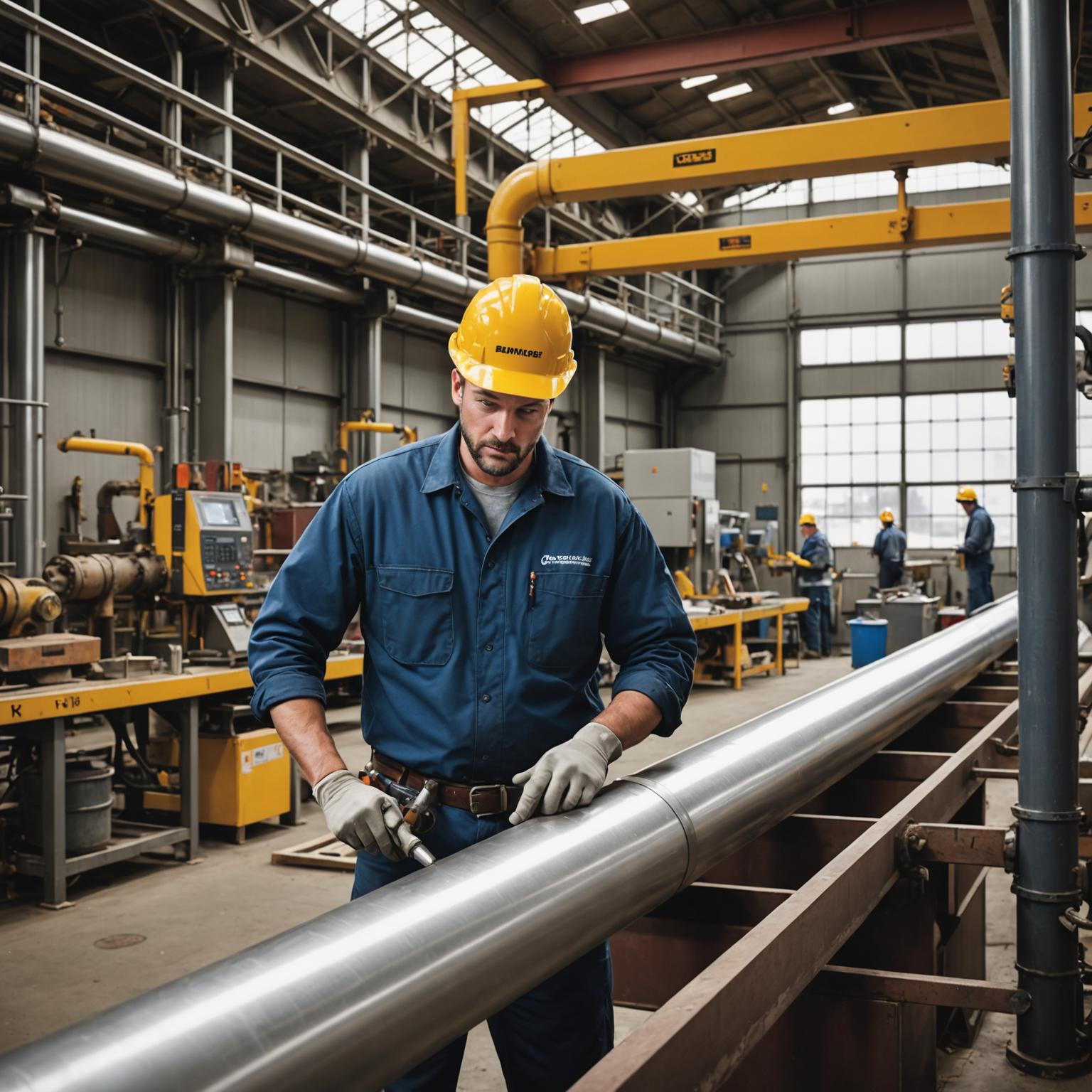When it comes to materials that perfectly blend aesthetic appeal with robust functionality, few can rival the versatility of a perforated stainless steel sheet. This engineered material has become a cornerstone in modern architecture, industrial design, and manufacturing, offering a unique combination of strength, longevity, and visual sophistication. Whether you are an architect designing an iconic building facade, an engineer developing a high-performance filtration system, or a designer creating custom interior fixtures, understanding how to select and utilize this material is key. This guide will walk you through everything you need to know to harness the full potential of perforated steel for your next project.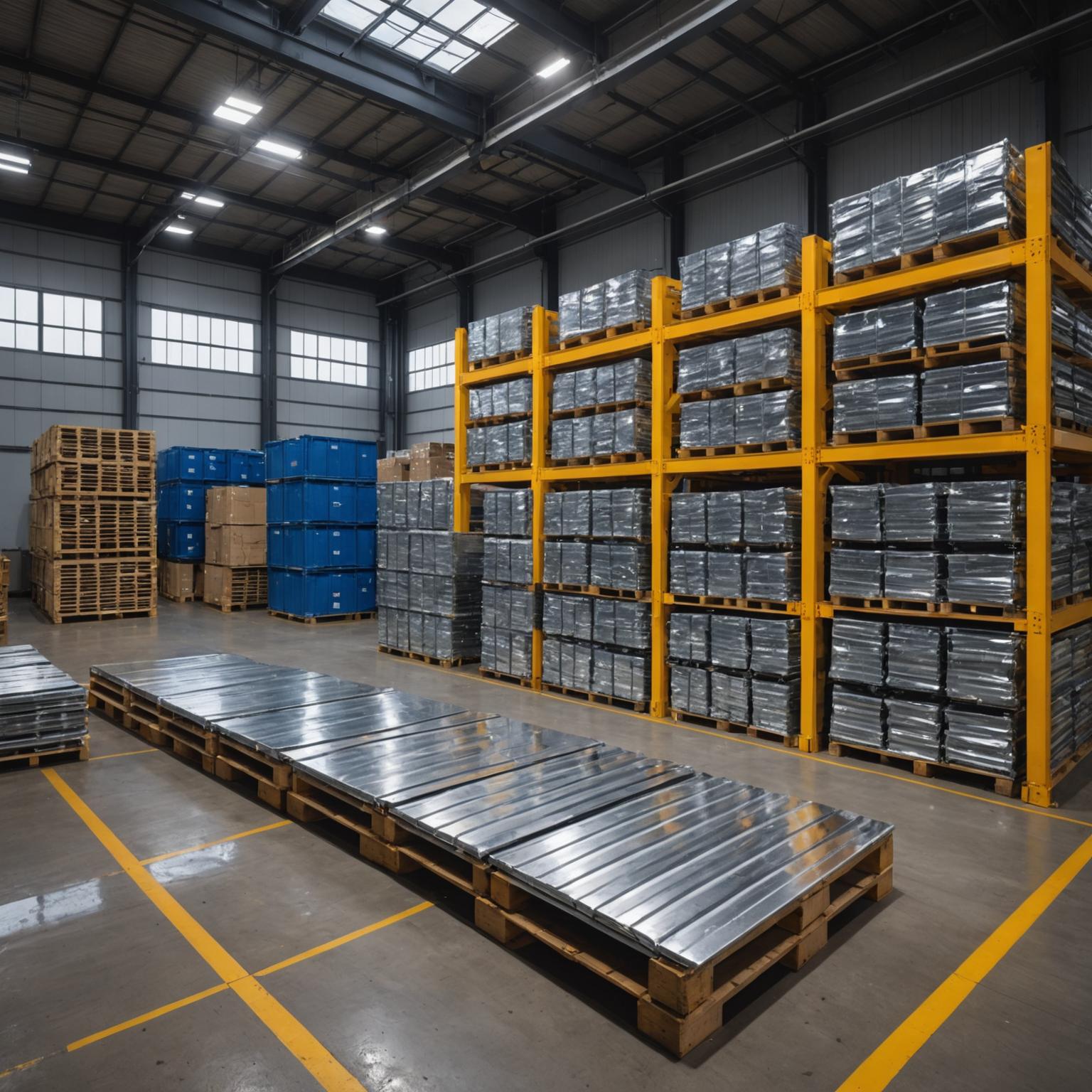
Understanding the Fundamentals
Before diving into applications, it's essential to understand what makes perforated stainless steel so special. The process begins with a high-quality stainless steel sheet, which is then punched or drilled with a specific pattern of holes. These patterns can range from simple round or square holes to intricate decorative designs. The key parameters to consider are the hole size, the distance between holes (pitch), the pattern (staggered or straight-line), and the overall open area percentage. This open area dictates how much air, light, or fluid can pass through the sheet, making it a critical factor for applications in ventilation, acoustics, and filtration. The base material, stainless steel, provides its own set of advantages, including exceptional resistance to rust and corrosion thanks to its chromium content, which forms a passive, self-repairing layer of protection.
The Unmatched Benefits of Perforated Stainless Steel
The advantages of using perforated steel sheets are numerous. First and foremost is their impressive strength-to-weight ratio. The perforation process significantly reduces the weight of the sheet without drastically compromising its structural integrity, making it easier to handle, transport, and install while still providing reliable support. Another major benefit is its functional versatility. The same material can be used to control light diffusion, dampen sound in acoustic panels, allow for airflow in HVAC systems, or act as a durable screen for separating materials. Aesthetically, the material is a designer's dream. The clean lines and geometric patterns create a modern, industrial-chic look that can elevate any space. With various finishes available, from a matte mill finish to a high-gloss polish, it can be tailored to match any design vision, adding texture, depth, and a play of light and shadow.
A Practical Guide to Selecting the Right Sheet
Choosing the correct perforated stainless steel sheet requires a careful evaluation of your project's specific needs. Follow these steps to ensure you make the right choice. First, clearly define the primary function of the sheet. Is it for structural support, decoration, filtration, or ventilation? Your application will guide all subsequent decisions. Second, select the appropriate stainless steel grade. Grade 304 is a cost-effective, all-around performer for most environments, while Grade 316 offers superior corrosion resistance, making it ideal for marine, coastal, or chemically harsh settings. Third, specify the perforation details. For filtration, the hole size must be precise. For a visual barrier or facade, the open area and pattern will determine the level of transparency and aesthetic impact. Fourth, determine the necessary thickness (gauge) of the sheet. Thicker gauges provide greater strength for load-bearing applications, whereas thinner gauges are suitable for decorative or lightweight uses.
Why Your Supplier Matters: Partnering with Span International
The quality of your final product is directly tied to the quality of your materials and the reliability of your supplier. Sourcing your components from a reputable provider ensures consistency, precision, and adherence to industry standards. This is where a trusted name like Span International becomes an invaluable partner. An expert supplier does more than just sell metal sheets; they offer expertise, support custom fabrication needs like cutting and bending, and guarantee that the material you receive is of the highest grade. Span International is committed to seamless integration into your workflow, providing precision-engineered materials that meet the demanding specifications of modern industry. By choosing a partner dedicated to innovation and quality, you ensure your project is built on a foundation of excellence.
Inspiring Applications and Installation Best Practices
The applications for perforated stainless steel are limited only by your imagination. In architecture, it's used for stunning building facades, sunscreens, balcony railings, and protective enclosures. In interior design, it serves as decorative wall panels, room dividers, staircase infills, and custom lighting fixtures. Industrially, it's essential for speaker grilles, machine guards, agricultural sieves, and complex filtration systems. When installing these sheets, a few best practices can ensure a professional result. Always handle polished sheets with clean gloves to prevent fingerprints. For fabrication, ensure you use sharp, appropriate tools designed for cutting stainless steel to achieve clean edges. When fastening, consider the final look; options range from invisible mechanical fixings and structural adhesives to exposed decorative bolts, each providing a different aesthetic and level of support. For complex projects, it's always wise to consult with an expert. Companies like Span International can provide guidance on the best installation methods for their products, ensuring safety and longevity.
Conclusion: Building the Future with a Versatile Material
In summary, the perforated stainless steel sheet is a remarkably adaptive and durable material that offers solutions across a vast spectrum of industries. Its unique combination of strength, low weight, corrosion resistance, and aesthetic elegance makes it a superior choice for both functional and decorative purposes. By carefully considering your application's requirements—from the steel grade and perforation pattern to the final finish—you can unlock its full potential. To bring your vision to life with confidence, align with a knowledgeable and quality-focused supplier who can provide not just a product, but a complete solution.



